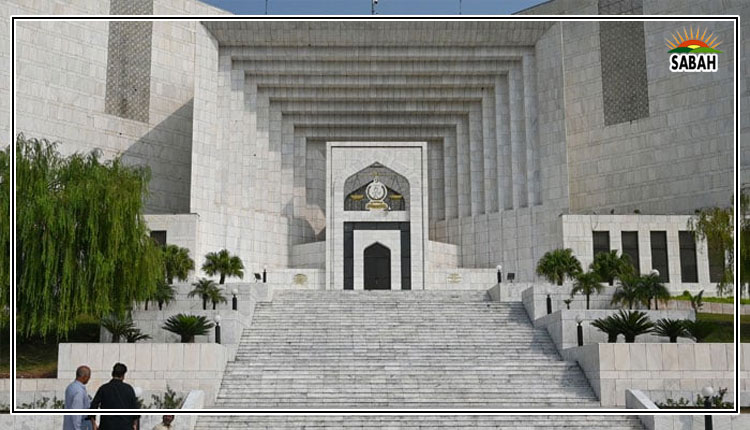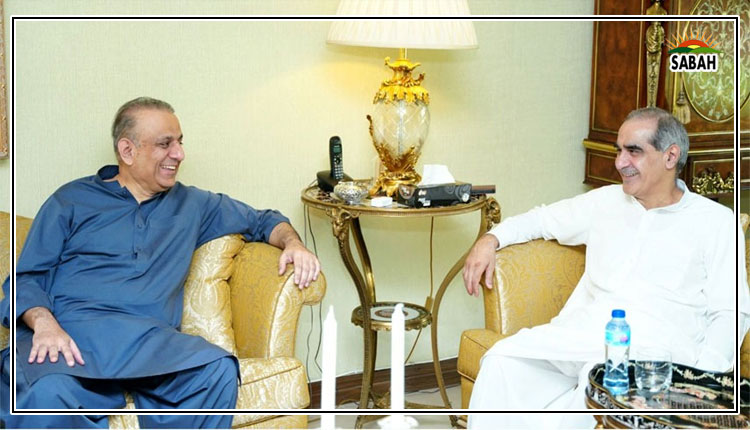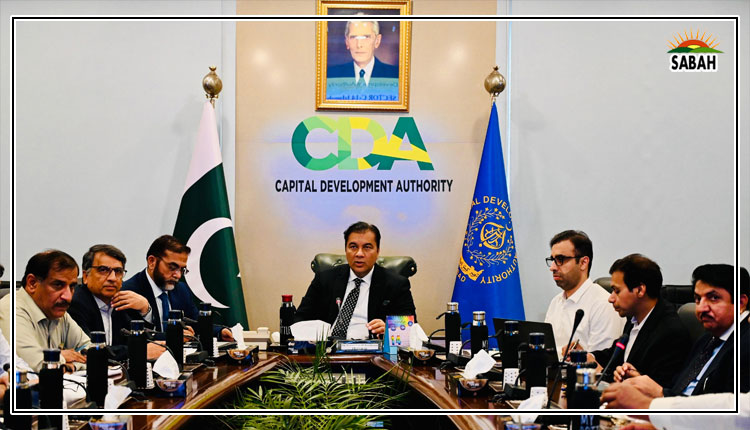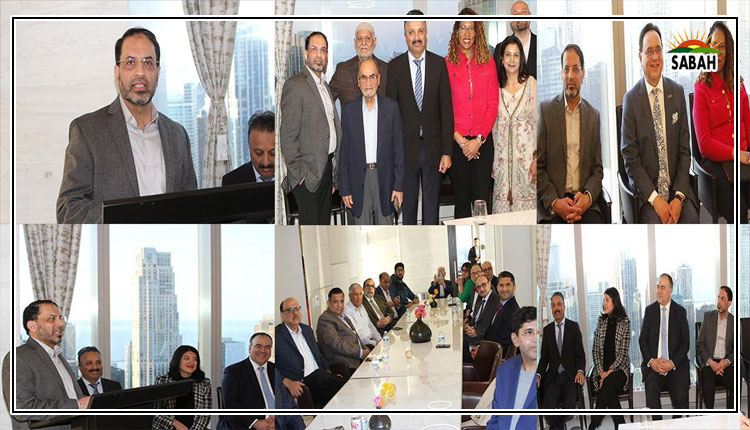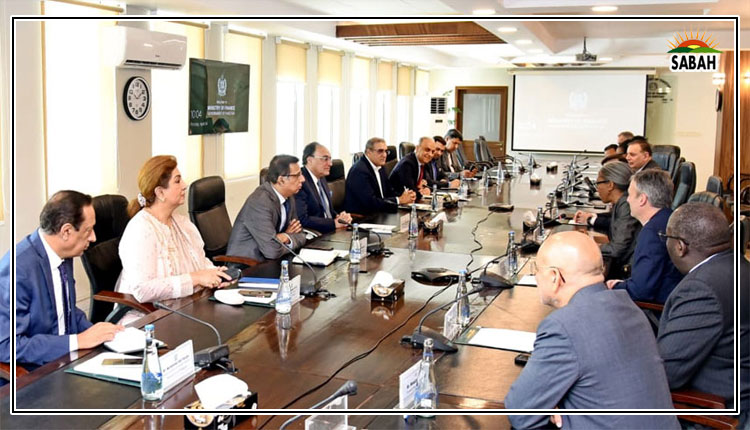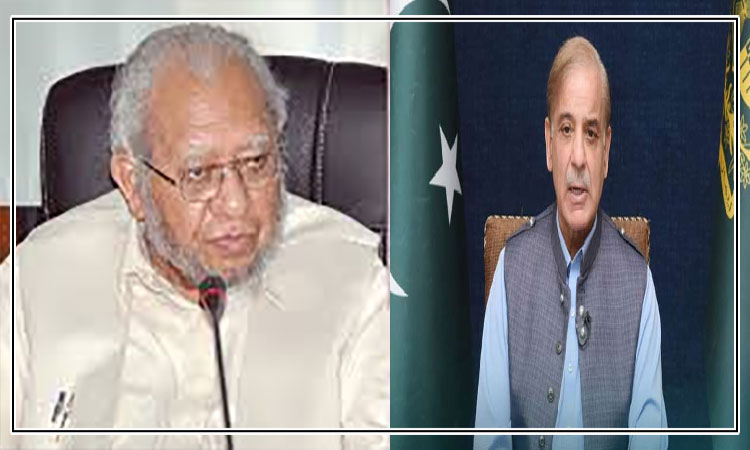Akhand Bharat …. Farrukh Khan Pitafi
Times of India, January 24, 2024: “Madhya Pradesh chief minister Mohan Yadav finds himself in the news owing to a contentious comment on ‘Akhand Bharat’ that invited a rebuff from Pakistan. Yadav, while speaking at a programme in Bhopal on January 20, had said that the construction of the Ram temple in Ayodhya was a step in the direction of realising Akhand Bharat. ‘God willing, Akhand Bharat will be formed again, if not today then tomorrow, and would include not just Sindh and Punjab [in Pakistan] but extend up to Afghanistan. We wish Nankana Sahib too,’ he said.”
ABP Live Website, March 14, 2023: “India Will Be Declared ‘Akhand Hindu Rashtra’ By 2026, Says Suspended BJP Leader T Raja Singh.”
Indian Express, March 17, 2019: “Pakistan to be part of India after 2025: RSS leader Indresh Kumar.”
Under Secretary of Defense (Policy) 1999 Summer Study Final Report titled ‘ASIA 2025’, Organized by the Advisor to the Secretary of Defense for Net Assessment, 25 July – 4 August 1999, Newport, Rhode Island:
“Pakistan is near collapse. Ongoing economic crises, internal ethnic conflict, and increasing inability of the government to provide law and order make Pakistan increasingly unstable. Sindhis, Baluch, and Pathans, who have long resented a Punjabi-dominated Pakistan, rebel. Mohajirs (Muslims who emigrated from India after the 1947 partition) take to the streets. Islamic extremism adds to the instability in two forms: Taliban destabilization efforts and the growing power of the Jamaat-i-Islami party.
“India combines political decentralisation (states and regions gain more power) and economic reforms successfully. Economic growth accelerates helped by favourable demographic trends, particularly steep decline in population growth rate, and an influx of foreign investment. China’s resurgence and belligerence prompts tacit US-India cooperation.
“By 2012, Pakistan’s government is paralyzed and losing control of Islamic forces in the country. Islamic extremists infiltrate Kashmir in growing numbers and escalate violence. India demands that Pakistan end the Islamic incursions. When Pakistan fails to respond, India moves into Azad Kashmir (Pakistani-occupied Kashmir) and masses forces on Pakistan’s borders. Pakistan issues a nuclear ultimatum for Indian withdrawal from Azad Kashmir.
“The Chinese echo Pakistan’s ultimatum and begin mobilizing along India’s eastern flank between Nepal and Bhutan to sever the Mizoram-Nagaland ¬Assam-Sikkim outpost of India and threaten to use ‘all available means to stop Indian aggression.’ The United States urges restraint by all players. Despite other flashpoints, the United States sends naval forces (carrier battle group) to the Bay of Bengal and warns China to stay out.
“Fearing the use of nuclear weapons by Pakistan, India launches an unsuccessful conventional strike on Pakistani offensive nuclear capabilities. Driven by a ‘use it or lose it’ syndrome, Pakistan launches nuclear strikes against Indian forces along their shared border.
“Based on intelligence reports that radical Islamists in the Pakistani military joined by the Jamaat-I-Islami (a Pakistani Islamist movement) are seizing the remaining Pakistani nuclear weapons, the United States launches a conventional strike on Pakistan’s nuclear sites. The extraordinary US action is also motivated by a desire to preempt a full-scale nuclear exchange between Pakistan and India. The United States strikes by deploying deep-penetration warheads launched from B-2 to destroy Pakistan’s remaining nuclear forces. Faced with the reality of US-Indian cooperation, China backs off on the northeastern front.
“Total anarchy prevails in Pakistan. The Indian army moves in to restore order and establish control. As the country disintegrates, Pakistan’s regions accede incrementally to India. The Sindhi, Baluch, and NWFP parliaments vote to join an Indian-led confederation. An Indian Confederation emerges. Isolated Punjab is compelled to join the confederation and merges with its Indian counterpart to form a greater Punjab province within the confederation. India’s central government grants extensive internal autonomy to the confederal units in exchange for control over their defense and foreign policies. The Indian Confederation becomes a polity in which states have wide autonomy. Economically vibrant, the confederation is recognized as the regional hegemon and an economic magnet for trade and energy flows.
“The disappearance of Pakistan and the emergence of the Indian Confederation have cascading effects across Central Asia. Afghanistan, which was on the verge of collapse, is pushed over the edge. It is dismembered by its neighboring states — Iran, Tajikistan, and Uzbekistan — who move in to annex the territory controlled by their own ethnic groups. Regional powers extinguish the Taliban’s power in the remaining Pashtun rump state, which then joins the Indian confederation. Iran is the big winner with aspirations to create a greater Persian state. It too is drawn into closer alignment with the Indian Confederation.”
Narrator: Much has changed since the above-mentioned classified report was published in 1999. The cast of characters has changed. Year 2012 came and went. On its own it never meant much. However, the Indian-origin participants in the study ensured that the news stories about it were published in the Indian press with fanfare. Since then the premise has clicked with the Pakistan-addled Indian far-right mind even if the US has long forgotten it. Hence, the endless talk of 2025 and Akhand Bharat. Don’t ask me why. Far-right minds work in mysterious ways. Why do you think every neo-nazi in the US always uses The Turner Diaries as his/her go-to guide?
To a man with a hammer, everything looks like a nail. When you have money and belligerent designs against a neighbour you can easily play mind games with its citizens. In recent years their playbook has remained fairly simple. Use all your diplomatic and economic might to ensure the economic strangulation of Pakistan. Let it breed anger, despondency and contempt among masses. Divide the people. Then divide the state against itself. Create insurmountable paradoxes by manipulating both sides. Cause a paralysing disruption through disputes. Bring down the state and invade.
There is no dearth of useful idiots and stooges. As we near the year that the Indian far-right obsesses about one has to pause and look around for signs. Unbeknownst to many Pakistanis when May 9 events were unfolding, very important state elections were going on in India. And yet their media was airing marathon coverage of the crisis in Pakistan. Could it be a trailer; a proof of the concept of the shape of things to come; a promise of achhe din?
As the season of agitation descends on Pakistan and India’s general elections approach, some healthy dose of paranoia might be in order. As someone who warned America against a disruption far ahead of the J6 incursion (see my piece titled ‘America needs constant vigilance’ dated November 14, 2020) may I humbly submit that Pakistan now needs constant vigilance and unity among state institutions.
PS: last week I said I would write more on the structural imbalances in Pakistan. And I will. But this piece couldn’t wait.
Courtesy The Express Tribune, February 17th, 2024.


